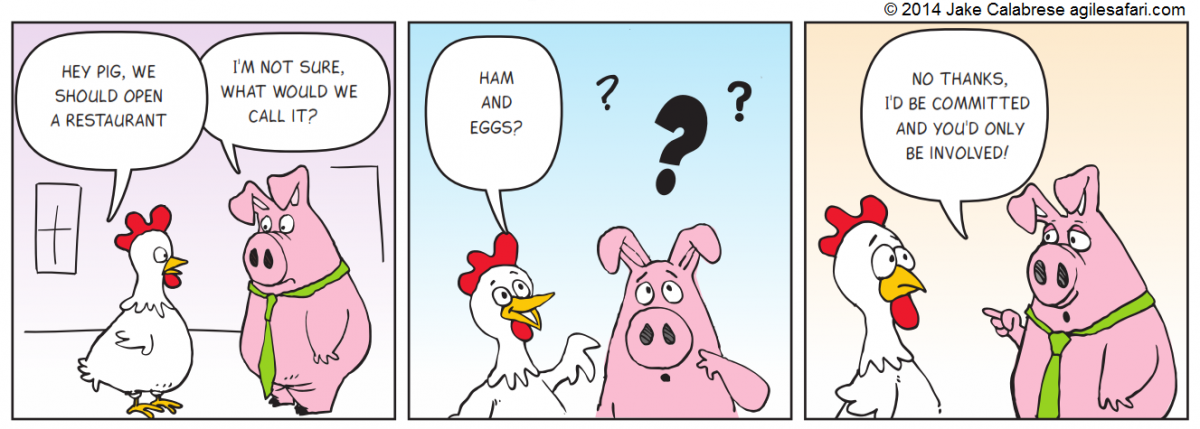Hello Everyone,
This week, we’ve moved from the “Ideation/Brainstorming” phase of our capstone project to the “Initial Concept” stage. This means that for the next few weeks we will be rapidly prototyping and iterating on our concept, researching our market, and holding QA as often as possible. This will let us narrow our ideas we brainstormed in the first stage to one that we’ll carry to the end of the semester.
So what are we working on? Currently, the main mechanic we’re building around is an FPS where the player can create their weapon from a diverse selection of parts to creatively dispatch their enemies. Our team’s programmer has been hard at work cranking out features in our prototype. This week, we focused on developing base mechanics and systems, that we will break out into multiple divergent prototypes in the following few weeks. Side-to-Side QA tests with these prototypes will help us determine the concept we move forward to the next stage with.
These three prototypes are similar in their base mechanics, but have distinct differences that will determine our direction.
Prototype 1 (Codename: My Gun)
This prototype allows the player to create a weapon at the beginning of their play session using all the parts available in the prototype. They then move through a level dispatching enemies who have weapons created from the same pool of parts. The player cannot change their weapon after the beginning. This is a single player experience.
Prototype 2 (Codename: Quickdraw)
This prototype has the player start with a basic weapon, and then customize it throughout the level by defeating enemies, picking up their parts, and swapping them on the fly. Parts will most likely have durability to encourage the player to swap parts more often. This is a single player experience.
Prototype 3 (Codename: Arena)
The third prototype is a multiplayer arena shooter where the player mus assemble a weapon from parts thrown by the audience. This adds a level of tension to play above just shooting enemies. The player now has to worry about assembling an effective weapon as well as eliminating their adversaries.
Testing
Testing is absoluteness vital at this stage. It’s useless to develop a game if it isn’t received well by players. To this end, the most telling test will be between Prototype 1 and 2. Depending on which prototype players have more fun with will determine how we tweak the gun building mechanics in the future.
However, this can’t be the first test we run, because we’d loose valuable input on the base mechanics such as moving, looking, and general feel. Unfortunately, our team’s schedule is quite tight, and attending formal QA several times a week is straining. Luckily, I’ve devised a solution for informal, supplemental QA results. I assembled a QA package that can be sent to testers. It includes instructions, the prototype, and a link to a google form for the tester to fill out after completing the test. While it isn’t an idea situation for QA as you can’t observe the tester or answer questions, it allows us to apply a shotgun approach, send this package to multiple people, or even post it on a public forum.
That’s how the journey goes so far. I’ll see you all in next week’s update!
